Highlights
Highlights of the Everest Three Pass Trek
- Three High Passes: Conquer the Kongma La, Cho La, and Renjo La passes, each offering unique views of the Everest region.
- Breathtaking Scenery: Marvel at snow-capped peaks, pristine glacial lakes, and lush alpine valleys.
- Everest Base Camp (5,364m): Visit the base camp of the world's highest mountain and enjoy stunning views of the Khumbu Icefall.
- Gokyo Lakes: Explore the serene turquoise Gokyo Lakes, one of the highest freshwater lake systems in the world.
- Sherpa Culture: Discover the rich traditions, monasteries, and hospitality of the Sherpa people.
- Thrilling Adventure: Test your endurance and trekking skills on one of Nepal’s most adventurous trails.
Overview
Everest Three Pass Trek – Ultimate Adventure in the Himalayas
The Everest Three Pass Trek is a thrilling journey through the heart of Nepal's Everest region, offering breathtaking mountain views, diverse landscapes, and a chance to experience Sherpa culture up close. Known as one of the most challenging and rewarding treks in the Himalayas, this trek takes you through three high-altitude mountain passes – Kongma La Pass (5,535m), Cho La Pass (5,420m), and Renjo La Pass (5,360m) – giving you panoramic views of majestic peaks like Mt. Everest (8,848m), Lhotse, Nuptse, Ama Dablam, and many more.
Best Time to Visit
The best months for the Everest Three Pass Trek are March to May and September to November. During these periods, the weather is stable, and the skies are clear, offering the best views and a comfortable trekking experience.
Difficulty Level
The trek is categorized as difficult due to its high altitude, steep ascents, and long walking days. Proper preparation, physical fitness, and acclimatization are crucial for a safe and enjoyable experience.
Why Choose the Everest Three Pass Trek?
-Experience three iconic mountain passes in one trek.
-Witness a diverse range of landscapes, from lush forests to icy glaciers.
-Enjoy the serenity of the less crowded trails.
-Capture mesmerizing sunrise and sunset views from high-altitude viewpoints.
Preparation and Packing
To make the most of this adventure, pack essential trekking gear, including warm clothing, sturdy trekking boots, and altitude sickness medication. Hiring a guide or porter is highly recommended for navigation and support.
Embark on the Everest Three Pass Trek to experience the ultimate Himalayan adventure. This trek promises memories that will last a lifetime and a sense of accomplishment like no other. Book your trek today and step into a world of breathtaking beauty and thrilling challenges!
Prefer something easier and shorter? Try our Everest Region Short Trek , a relaxed, scenic alternative that still offers incredible mountain views and Sherpa culture.
🧭 Alternative Tours & Packages
- Everest Base Camp Trek
Take on an unforgettable adventure through the heart of the Himalayas — trekking past vibrant Sherpa communities, dense forests, and dramatic ice fields to reach the legendary Everest Base Camp. - Everest Heli Trek with Kalapatthar Summit
Blend trekking and luxury as you hike part of the Everest trail and then soar by helicopter to Kalapatthar, where you’ll enjoy panoramic views of Everest’s towering summit up close. - Everest Base Camp Hillary Trek
Walk in the footsteps of the original Everest pioneers on this historically inspired route. Rich in culture and breathtaking views, the journey leads you to Everest Base Camp with stories and scenery at every step.
Included and Excluded
- Accommodation in a tea house or lodge during the trek.
- All the airport transfers.
- Air Fare to Travel from Kathmandu-Lukla-Kathmandu
- Three nights of hotel accommodation in Kathmandu on BB Basis.
- All the meals (Breakfast, Lunch, Dinner) during the trek.
- One experienced English-speaking guide.
- One porter for every two trekkers.
- Sleeping bag with a liner.
- All the necessary Trekking Permits and National Park permits require for three-pass trekking.
- All forms of government taxes.
- All the personal nature expenses, travel insurance, beverage, phone calls, internet, bar bills, laundry, water, travel insurance, and heater during the trek.
- Extra Tips for the Guide, Porter
- Helicopter rescue.
- Rescue operation in case of emergency and Personal Trekking equipment.
- All the expenses which arise due to a change of itinerary because of political trouble, strike, or lockdown landslide, .
- All the Lunch and Dinner in Kathmandu.
Itinerary
- Today is dedicated to preparing for the trek and obtaining necessary permits, while also allowing time to acclimate before starting the challenging expedition.
- Our experienced guide will inspect your trekking gear, offer any necessary guidance, and provide a detailed briefing about your trip.
- We’ll also give you an overview of the trekking itinerary and cover important details for the next day, including check-out time, breakfast, and transportation.
- After a few hours of preparation, you can spend the rest of the day exploring several world heritage sites at your own pace.
- Early in the morning, you’ll take a taxi or cab for a 15 to 20-minute ride to the domestic airport, where you’ll board a flight from Kathmandu to Lukla according to the flight schedule.
- After an exciting 25 to 30-minute scenic flight, we’ll arrive in Lukla (Altitude: 2,800m).
- We’ll begin our trek, passing above Chaurikharka Village and heading towards Phakding (Altitude: 2,850m), with a descent through Chheplung Village to Ghat (Altitude: 2,530m).
- The trail follows the banks of the Dudh Koshi River, passing through Sherpa settlements that practice Nyingma Buddhism, with sacred Buddhist mantras beautifully painted on boulders along the way.
- It will take about 2 to 3 hours to trek from Lukla to Phakding (Altitude: 2,640m).
- After arriving, you can explore the village for the rest of the day before spending the night at a tea house.
- Today is focused on rest and acclimatization before heading to the high passes. We’ll start with a hike to the Everest View Hotel, which offers stunning views of Mt. Everest, Nuptse, Ama Dablam, and more.
- Next, we’ll descend through an alpine forest to Khumjung Village, visiting the Hillary School, a historic monastery with a Yeti skull, and Khunde Hospital.
- On the way back to Namche Bazaar, we’ll pass a yak farm.
- You can also explore the mountaineering museum, the Sagarmatha Pollution Control Committee (SPCC), and the Sagarmatha National Park office, or simply relax at the hotel.
- We’ll spend the night at a lodge or guesthouse in Namche.
- After a successful acclimatization day in Namche, we’ll trek to Tengboche (Altitude: 3,867m). The day begins with a climb to the top of the village near the museum, where the trail ascends to Kenjoma, passing through lovely woodlands high above the Dudh Koshi River.
- Tengboche is famous for its sacred monastery and breathtaking mountain views.
- The trail continues through rhododendron forests from Khumjung to Sansa, then descends to Phunki Thanga (Altitude: 3,250m), where we’ll have lunch at the last teahouse before Tengboche.
- We’ll reach Tengboche in about two hours, trekking along forest trails that offer stunning views of the mountains and landscapes.
- In addition to the majestic Mt. Everest, you can also admire Kwangde, Tawache, Nuptse, Lhotse, Ama Dablam, Kantega, and Thamserku along the way.
- We’ll spend the night at a teahouse or guesthouse in Tengboche.
- his is our second rest day for acclimatization before heading to the high passes.
- After breakfast, we’ll climb to Nangkartshang Peak (Altitude: 5,615m), located at the edge of Dingboche Village, where you can enjoy breathtaking views of some of the world’s highest mountains, including Mount Lhotse (8,516m), Makalu (8,481m), Ama Dablam, Thamserku, Taboche, and more, along with the beautiful Imja Valley and Dingboche Village.
- The ascent to Nangkartshang Peak takes about two hours. After taking some photos, we’ll return to Dingboche (Altitude: 3,820m) for the night.
- The walk from Dingboche to Chhukung (Altitude: 5,550m) takes about two to two and a half hours but may feel longer due to lower oxygen levels, helping your body adjust to high elevation.
- In Chhukung, you can relax at the teahouse, hike to Chhukung Ri (Altitude: 5,541m) for panoramic views, or visit the Island Peak base camp.
- Chhukung Ri offers stunning views of Lhotse, Makalu, Nuptse, Island Peak, Barunche, Ama Dablam, Thamserku, and Kwangde.
- The next day, we’ll cross Kongma La Pass (Altitude: 5,535m) and see Imja Lake and Glacier.
- Tonight, prepare for the pass by filling water bottles and stocking up on energy bars, a head torch, and warm clothing.
- We’ll spend the night at a lodge or guesthouse in Chhukung.
- Although we've left Everest behind, today offers breathtaking vistas, including views of Mt. Cho Oyu (Altitude: 8,153m), the sixth-highest mountain in the world.
- The trail ascends to Cho La Pass (Altitude: 5,367m), requiring a challenging scramble across rocky boulders and a walk across the slowly ascending, snow-covered glacier.
- We then descend through steep, rocky slopes scattered with boulders into the Gokyo Valley, where you'll find turquoise lakes and massive glaciers.
- Finally, we'll ascend a slight incline before following a small river valley downhill to Tangnak (Altitude: 4,700m), a Sherpa community nestled beneath a large rock, where we’ll spend the night.
- After a late breakfast, we’ll trek through the Nagjumpa Glacier, the largest glacier in the Nepal Himalayas, ascending to the main Gokyo route. Here, you'll see beautiful lakes and may spot Siberian ducks swimming across the mirror-like surfaces.
- From Thangnak, you can reach Gokyo's third lake (Dudh Pokhari) in 2 to 3 hours.
- You can relax at the hotel for the rest of the day or hike up to Gokyo Peak (Altitude: 5,350m) to explore the stunning area.
- This trek offers a once-in-a-lifetime opportunity to experience the breathtaking and remote Himalayan scenery.
- We’ll spend the night in Gokyo (Altitude: 4,750m).
- Today is a day to relax and explore the beautiful Gokyo Valley.
- We’ll start with an early morning ascent up a challenging trail to Gokyo Ri (Altitude: 5,360m), which takes about two hours.
- From the summit, you'll witness a spectacular sunrise that bathes the mountain peaks in golden light.
- The view includes the four tallest mountains in the world: Mount Everest (Altitude: 8,848m), Cho Oyu (Altitude: 8,153m), Lhotse (Altitude: 8,516m), and Makalu (Altitude: 8,463m), along with stunning vistas of the Ngozumpa Glacier and the turquoise lake in Gokyo Valley.
- These breathtaking sights will create lasting memories.
- After soaking in the views, we’ll walk back to Gokyo for the remainder of the day to relax or explore the fifth lakes and the nearby Cho Oyu Base Camp.
- We’ll spend the night at the tea house.
- Today, we’ll descend into the Nangpa Valley, which was off-limits to trekkers until 2005, as it served as the main entrance to the pass connecting Nepal and Tibet.
- For decades, Tibetan traders have utilized this route, transporting various Chinese goods on the backs of their yaks for sale at Namche Bazaar.
- In this valley, you’ll find the renowned Thame Monastery, built in the 14th century and attached to a rock face.
- Thame is home to many mountain heroes, including Tenzing Norgay Sherpa, the first person to summit Everest. He was born here and conquered the peak alongside New Zealander Edmund Hillary on May 29, 1953.
- We may have a great opportunity to hear about Everest from Mr. Appa Sherpa, an Everest hero who has climbed it 21 times.
- We’ll spend the night at a tea house/lodge in Thame (Altitude: 3,800m).
- In Thame, you’ll encounter other trekkers coming from the Tashi Laptsa route in Rolwaling, as some have started their trek in the opposite direction.
- After breakfast, we’ll trek through juniper and rhododendron forests, passing remote Sherpa settlements like Thamte, Mende, Thamo, and Phurte, gradually descending south toward Namche Bazaar.
- We’ll continue our descent, retracing our steps to Manjo, which takes approximately an hour and a half.
- The rest of the day can be spent enjoying the vibrant atmosphere of Manjo
- Today, we’ll trek back to Lukla, descending along the Dudh Koshi River and crossing several bridges.
- It takes about an hour and a half from Monju to reach Phakding Village, where we previously stayed.
- The journey offers beautiful green landscapes, the sound of the rushing river, and colorful prayer flags along the way.
- We’ll enjoy the hospitality and culture of the Sherpa people as we make our way to Lukla, observing local communities and stunning mountain views.
- You’ll have free time to explore the market, and our guide will confirm your flight details for tomorrow.
- On Thursdays, you can visit the local markets in Lukla, where goods are sold for cash or bartered.
- We’ll celebrate the trek's completion with dinner alongside our guide and porters before returning to the hotel for the night.
- Today marks the end of your trek, and you might take some time to shop for final souvenirs for your family.
- We will provide you with your trekking permits, TIMS cards, and trip application cards as keepsakes from your adventure in Nepal.
- Depending on your flight schedule, our assistant will drive you from the hotel to the airport.
- It's recommended to check in at the airport two to three hours before your flight.
- Depart for your next destination with unforgettable memories from this once-in-a-lifetime experience.
Route Map
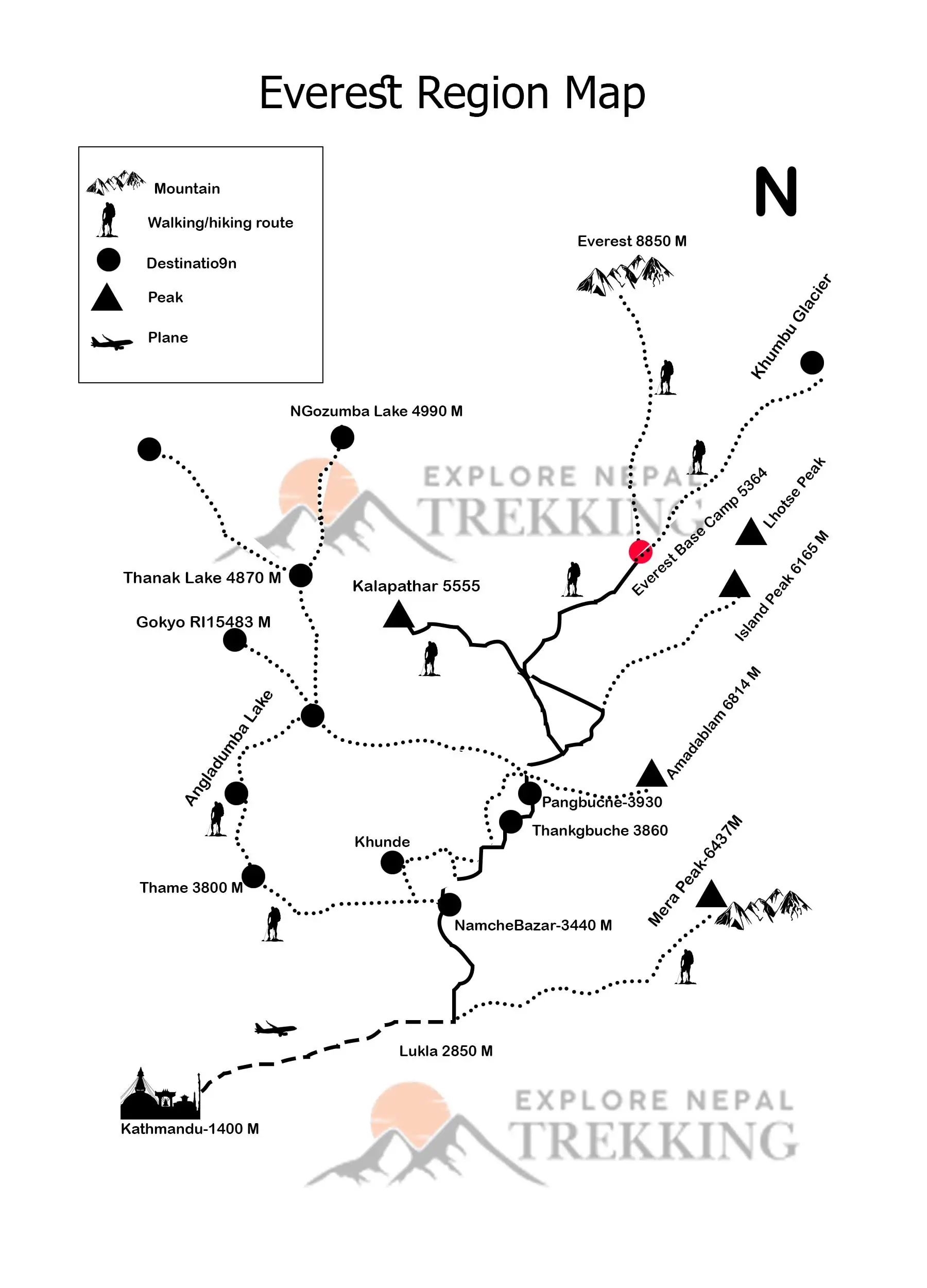
Fixed Departure
Everest Three Pass Trek Availability
| # | Date | Cost | Status | Action |
|---|
FAQs
The Everest Three Pass Trek is considered one of the most challenging treks in the Everest region due to the high altitude and the rugged terrain. Trekkers must cross three high passes—Kongma La (5,535m), Cho La (5,420m), and Renjo La (5,360m)—which require physical stamina and mental preparation. The trek also involves steep ascents and descents, exposure to cold temperatures, and the potential for altitude sickness.
The best times to undertake the Everest Three Pass Trek are during the autumn (September to November) and spring (March to May) seasons. These periods offer the most stable weather, clear skies, and breathtaking mountain views. Autumn is particularly popular for trekking due to the moderate temperatures and festive atmosphere, while spring is known for its blooming flowers and lush greenery.
The trek takes you through Sagarmatha National Park, where you can spot endangered species such as the Himalayan black bear, red panda, snow leopard, and musk deer. The vegetation varies with altitude; above 5,750 meters, plant growth ceases, but you’ll encounter dwarf-sized plants and yak pastures in the lower regions. The diverse birdlife includes 118 different species.
Yes, prior trekking experience is highly recommended for the Everest Three Pass Trek due to its demanding nature. The trek involves crossing high passes at altitudes exceeding 5,000 meters, which can be physically and mentally taxing. Trekkers should be in good physical condition, have experience with high-altitude trekking, and be prepared for the challenges of varying weather conditions and rugged terrain.
Customer Reviews & Rating
Showing Verified Reviews

Benjamin Carter - San Francisco, CA, USA
(5.0)"The Everest Three Pass Trek was the most challenging and rewarding experience of my life! Explore Nepal Trekking managed every detail with perfection — from logistics and accommodation to acclimatization planning. Crossing Kongma La, Cho La, and Renjo La was tough, but the panoramic views and sense of accomplishment made it all worthwhile. I truly appreciated the professionalism and encouragement from the guides throughout this epic Himalayan journey."

Daniel Meyer - Zurich, Switzerland
(5.0)"If you’re up for a real Himalayan adventure, the Everest Three Pass Trek is it—and Explore Nepal Trekking is the team to go with. They made me feel like I could take on anything! The trails were tough, but the views were unbeatable, and the support was top-notch. I met amazing people and made memories that will stay with me forever."

Marcus A. Jensen - Vestergade 40, 8000 Aarhus C, Denmark
(5.0)"The Everest Three Pass Trek was the most challenging and rewarding high-altitude adventure of my life; successfully crossing the Renjo La, Cho La, and Kongma La passes was monumental, offering unparalleled, varied views of the Everest region. The logistics were complex, but our guide was highly experienced and ensured safety and acclimatization were top priorities. This trek is essential for experienced hikers seeking the ultimate physical test and the most stunning Himalayan vistas."

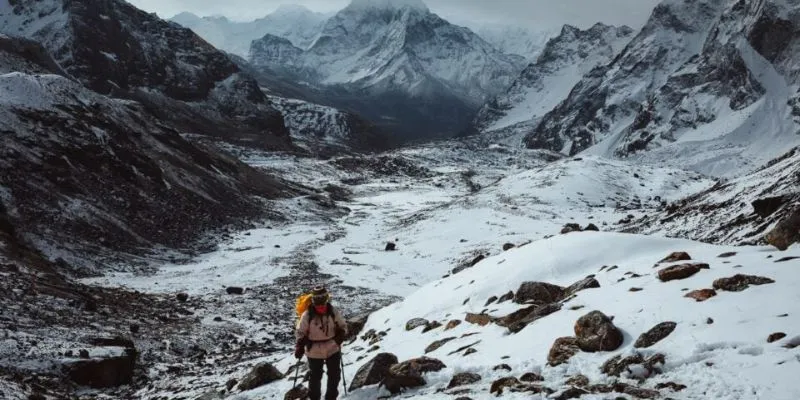
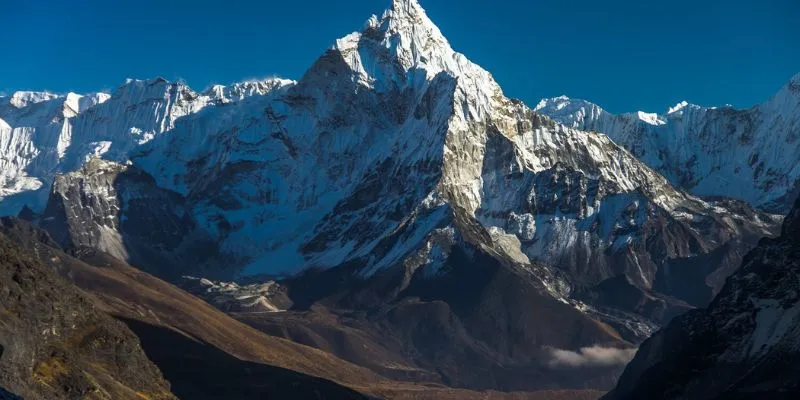
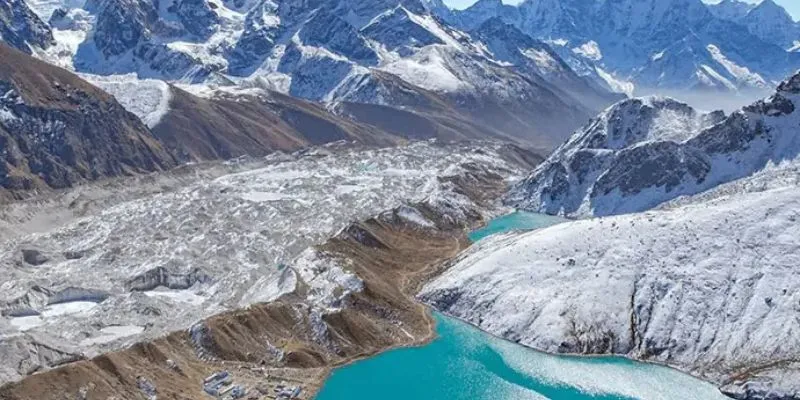
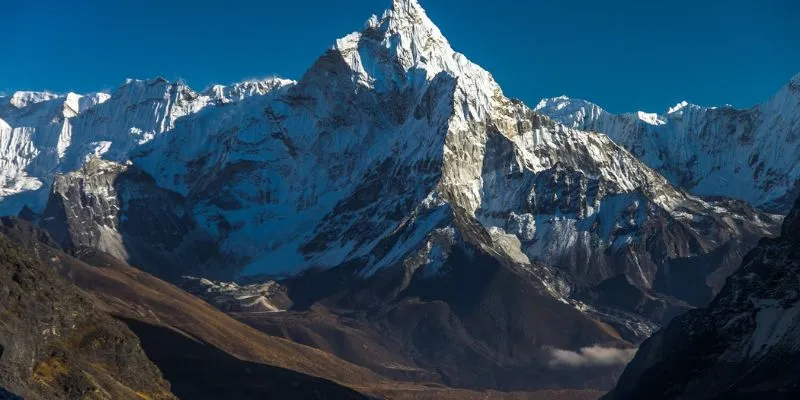
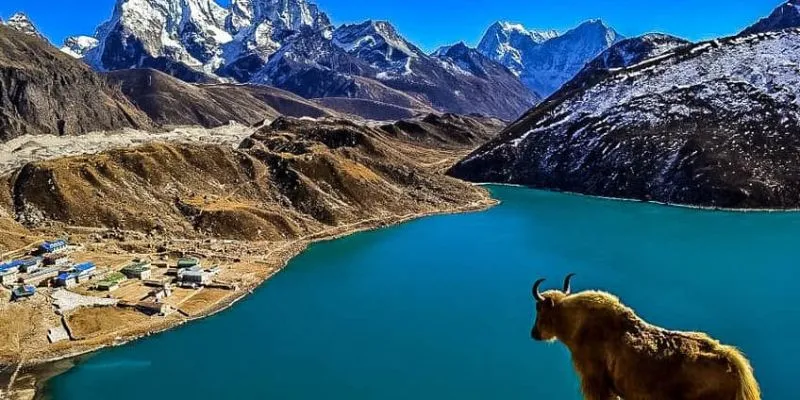
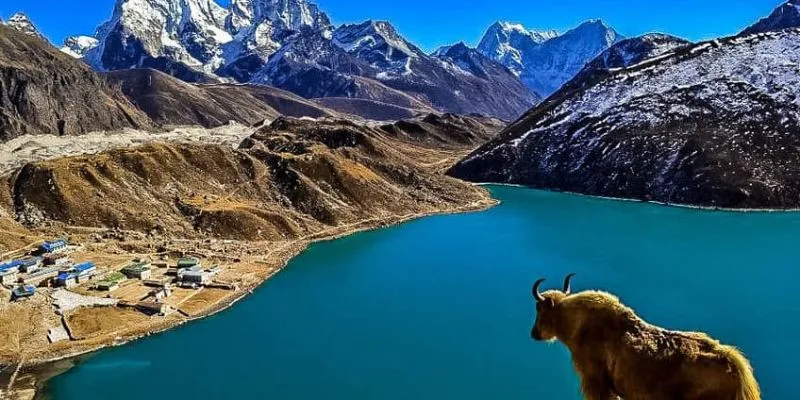
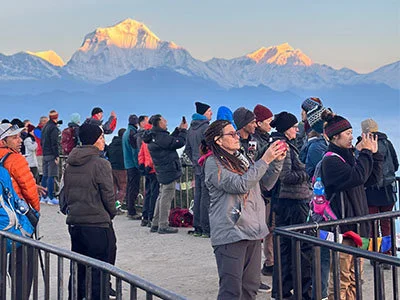
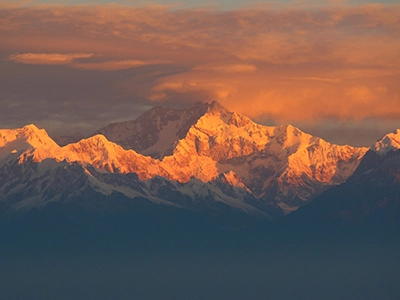

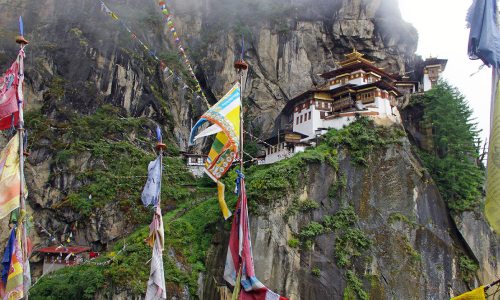
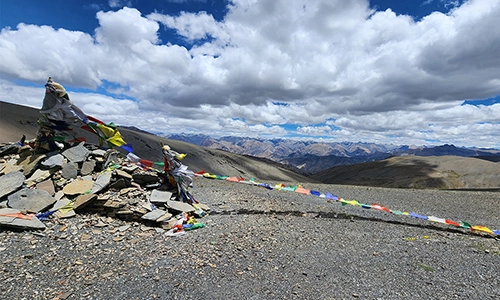
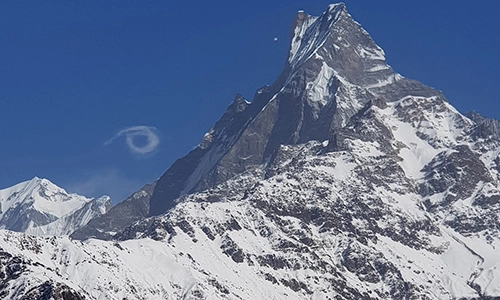








Isabelle Fournier - Lyon, France
(5.0)"The Everest Three Pass Trek was breathtaking in every sense! Thanks to Explore Nepal Trekking, we had expert support and great planning from day one. The guides were experienced, cheerful, and incredibly supportive. I’ll never forget the thrill of reaching each pass!"